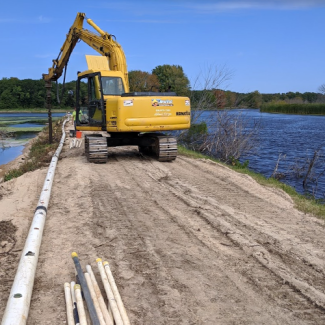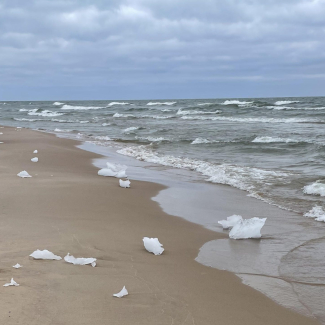Check out this engaging video highlighting all the critical work that NOAA does in the Great Lakes.
Up to $12 million in Great Lakes Restoration Initiative funding is available to restore habitat for Great Lakes native fish species. Application deadline: Oct. 28, 2024.
NOAA awarded $652,117 in Great Lakes Restoration Initiative funding for seven projects that will engage K-12 students in meaningful watershed education experiences under the Great Lakes Bay Watershed Education and Training (B-WET) program.
On June 5, 2024, eastern Lake Ontario became the 16th marine sanctuary in an iconic system of marine protected areas.
Coordinated by a partnership between climate services organizations in the U.S. and Canada, this product provides a synthesis report summarizing the previous years’ climate trends, events, new research, assessments, and related activities in the Great Lakes region.
Designated on April 25, 1974, the NOAA Great Lakes Environmental Research Laboratory (GLERL) was established to provide a focus for NOAA’s environmental and ecosystem research in the Great Lakes and coastal marine environments.
The 10 annexes of the Great Lakes Water Quality Agreement (GLWQA) have agreed on the priorities for science and action that will guide their work through 2025.
The MRCC, based at Purdue University, provides high-quality climate data, tools, interactive maps, and customized services for the Midwest and the nation.
NOAA's Office of National Marine Sanctuaries serves as the trustee for a network of underwater parks encompassing more than 620,000 square miles of marine and Great Lakes waters.







